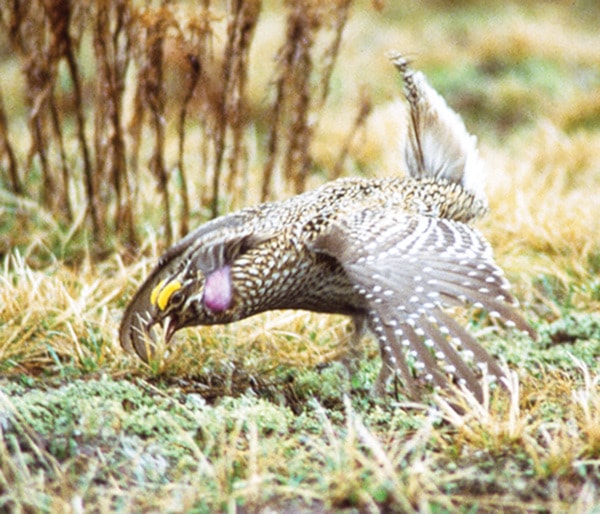There has been renewed discussion recently about whether the provincial government should re-engage with the federal government in talks to decide whether a national park should be established in the South Okanagan-Similkameen area.
Much of this discussion has been about the amount of support (or perceived lack of support) amongst various groups including ranchers, off-roaders, hunters, etc. I wrote about this issue a few months back.
Somewhat forgotten in these recent discussions are the science-based facts that first prompted discussion of a South Okanagan Similkameen National Park as long ago as the 1970s. These facts show that there is an urgent need to restore and preserve critical habitat for hundreds of endangered species in our region.
In this column I’m going to use the term “endangered” species in a sort of generic sense as the actual terminology used varies between the provincial and federal governments, with terms such as red listed, blue listed, threatened, at risk, etc. In a nutshell, all of the species in these various categories are “endangered” to one degree or another.
B.C. has the greatest biodiversity of all the provinces and territories in Canada. Within B.C., the Okanagan is a biodiversity “hotspot.” 25 per cent of the 1,500 or so endangered species in B.C. live in the Okanagan region. Our record to date in preserving endangered species is not that great. The exact number of species already extirpated from the Okanagan Valley since Europeans first arrived is not well known, but just amongst vertebrate animals we have lost sage grouse, sharp-tailed grouse. Burrowing owl, white-tailed jackrabbit, northern leopard frog and pygmy short-horned lizard and there are more than 100 other species in imminent danger of becoming extinct in our region if action is not taken very soon.
It is worth noting at this point that B.C. is one of the few jurisdictions in North America that has no specific endangered species legislation. Instead, “The Wildlife Act directs the Ministry of Water, Land and Air Protection, Lands and Parks to protect and conserve all wildlife species in the province…”.
This quote is taken from a B.C. government website. So how is that working out? In 1980, the government listed four (yes, only four) species as endangered under the Wildlife Act. Surely, you say, numerous other species have been added since then. I wish it were so, but in fact, not a single species has been added to that Wildlife Act list in the past 35 years. That is not an indication of how well we’ve been doing in protecting species, but rather an indication of how poorly the provincial government has been doing in that regard. Please note that I do not mean to reflect poorly on the many dedicated staff in the Ministry. They do the ground work, but the policies are set by the cabinet and deputy ministers.
The greatest threat to species’ survival is loss or degradation of habitat. And numerous studies worldwide have shown that large blocks of habitat are much more effective at preserving endangered species than are many small blocks; i.e. one block of 1,000 contiguous hectares is much better than ten separate blocks, each of 100 hectares, even though the amount of land conserved is the same in both cases.
That is why we need a South Okanagan National Park. MLA Linda Larson’s claim that B.C. can do an equally effective job as a national park in preserving needed habitat flies in the face of the facts. B.C. does not have the will, the money or the manpower to acquire the needed habitat and then enforce the few rules that we do have. Of course, a national park will not immediately solve all our conservation issues but it seems to me that it is by far the best option available in terms of conserving habitat, providing jobs and economic growth and addressing the many conservation issues affecting our grasslands.
The next monthly meeting of the South Okanagan Naturalists’ Club will not be until September. In the meantime check out our website (southokanagannature.com) for details about weekly birding outings and special trips around the south Okanagan.
Bob Handfield is past-president of the South Okanagan Naturalists’ Club but the views expressed here are his own and not necessarily those of the Club.
